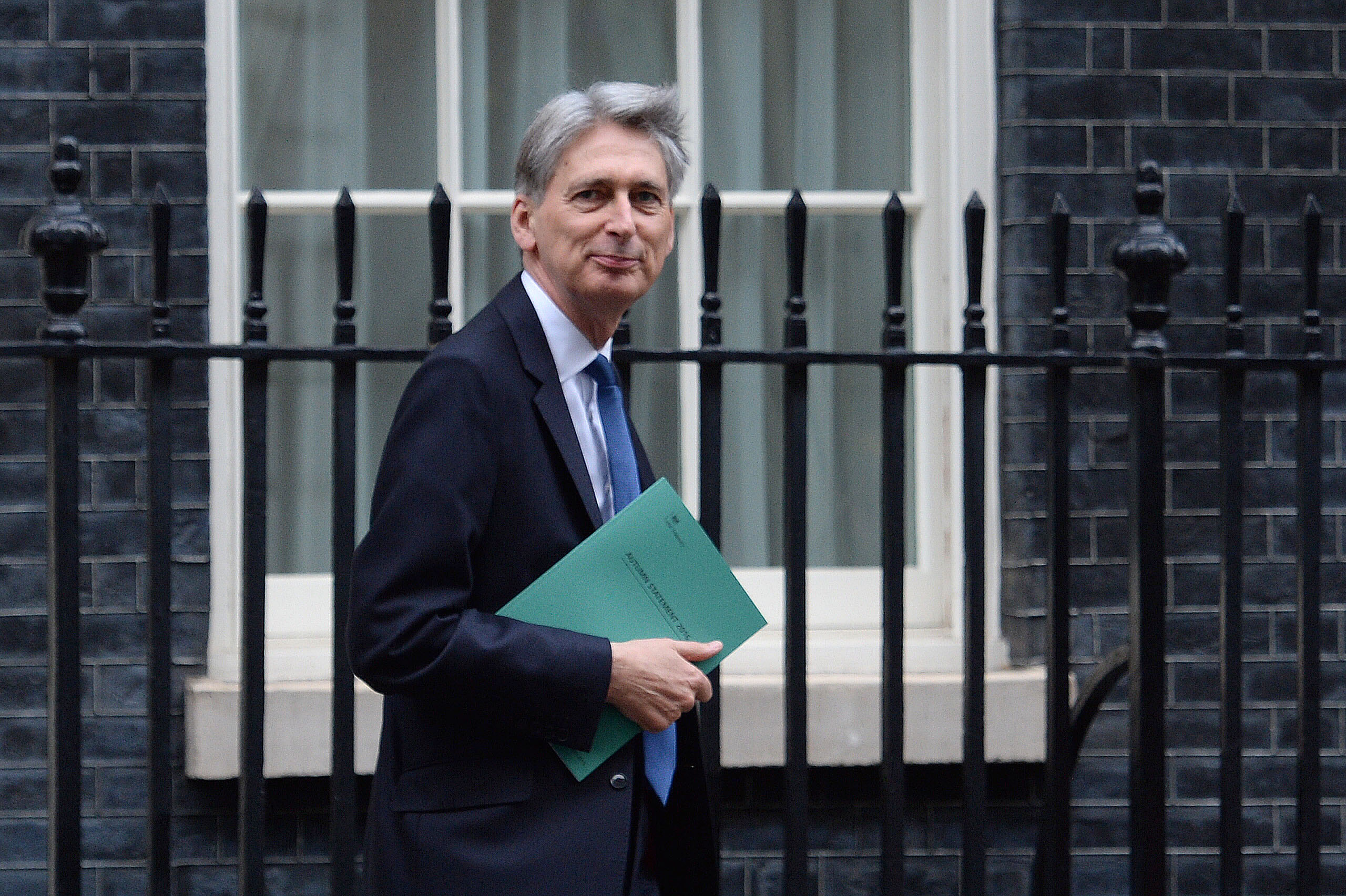
Philip Hammond has quit as chancellor ahead of Boris Johnson becoming Prime Minister.
The chancellor had, in an interview with Andrew Marr on Sunday, promised to step down if Mr Johnson won the Conservative leadership contest.
Mr Hammond spoke to outgoing Prime Minster Theresa May after her final PMQs appearance earlier this afternoon, handing in his resignation letter.
He said Mr Johnson should be “free to choose a chancellor who is fully aligned with his policy position,” himself staunchly opposing a no-deal Brexit.
New Tory leader Mr Johnson has repeatedly promised to take the UK out of the European Union on October 31, with or without a deal.
I have just handed in my resignation to @theresa_may. It has been a privilege to serve as her Chancellor of the Exchequer for the last three years. pic.twitter.com/pcCkvKhQxj
— Philip Hammond (@PhilipHammondUK) July 24, 2019
Mr Hammond said it had been a privilege to serve as Chancellor under Mrs May since July 2016.
In his resignation letter to Theresa May, Mr Hammond said: “Despite the uncertainty created by the unresolved issue of Brexit, we have been able to make notable progress in rebuilding the public finances and preparing the British economy for the opportunities ahead.”
In a pointed message to Mr Johnson, the outgoing Chancellor warned that the headroom built up in the public finances could only be used for tax cuts and spending boosts if a Brexit deal was secured.
In his letter to Mrs May, ahead of her own resignation as Prime Minister, he said: “We bequeath to our successors genuine choices, once a Brexit deal is done: the ability to choose, within the fiscal rules, between increased public spending, reduced taxes, higher investment or progress towards faster debt reduction – or some combination of all four.
“After a decade when the aftermath of the 2008-09 recession meant we had no choices, this is a luxury which our successors should use wisely.”
It is highly unlikely Mr Hammond would have been given a job by Mr Johnson even if he had wished to carry on given their differences over Brexit.
Sajid Javid is rumoured to be Mr Johnson’s top choice for the role when he announces his new cabinet later today.
The full letter
“I am writing to submit my resignation as Chancellor of the Exchequer ahead of your own resignation as Prime Minister this afternoon. I believe that your successor must be free to choose a Chancellor who is fully aligned with his policy position.
“It has been a privilege to serve as your Chancellor for just over three years since you assumed office in July 2016. Despite the uncertainty created by the unresolved issue of Brexit, we have been able to make notable progress in rebuilding the public finances and preparing the British economy for the opportunities ahead.
“In particular, we have seen public sector net borrowing, which peaked at almost 10% of GDP in 2009, fall to just a fraction over 1% last year, putting us within reach of a balanced budget in the mid-2020s, if that is the Government’s policy choice.
“We have seen the national debt peak and begin to fall sustainably as a share of GDP for the first time in a generation.
“And we have delivered a further 900,000 net new jobs on our watch, taking to over 3.5 million the number of net new jobs created since the 2010 general election.
“Unemployment is at a 40-year low and employment is at a record high. And the good news on jobs extends to every region and nation of the United Kingdom.
“We have made a huge commitment to investment in Britain’s infrastructure, housing, research and development, and technical education – all vital building blocks to overcome the low productivity that has plagued the UK, depressing wages and living standards.
“Public sector net investment is forecast to reach levels not sustained for 40 years from next year, and I am pleased to say that real wages are now growing robustly and are forecast to continue doing so for the remainder of the five-year forecast period.
“We can be proud of these achievements in difficult circumstances – and proud, too, of Britain’s continued status as a global financial services hub, a magnet for high-growth technology businesses in Europe, and home to some of the world’s best companies.
“Most importantly, we bequeath to our successors genuine choices, once a Brexit deal is done: the ability to choose, within the fiscal rules, between increased public spending, reduced taxes, higher investment or progress towards faster debt reduction – or some combination of all four.
“After a decade when the aftermath of the 2008-09 recession meant we had no choices, this is a luxury which our successors should use wisely.
“Thank you for giving me the opportunity to serve and I wish you all the very best for the future.”

Enjoy the convenience of having The Sunday Post delivered as a digital ePaper straight to your smartphone, tablet or computer.
Subscribe for only £5.49 a month and enjoy all the benefits of the printed paper as a digital replica.
Subscribe